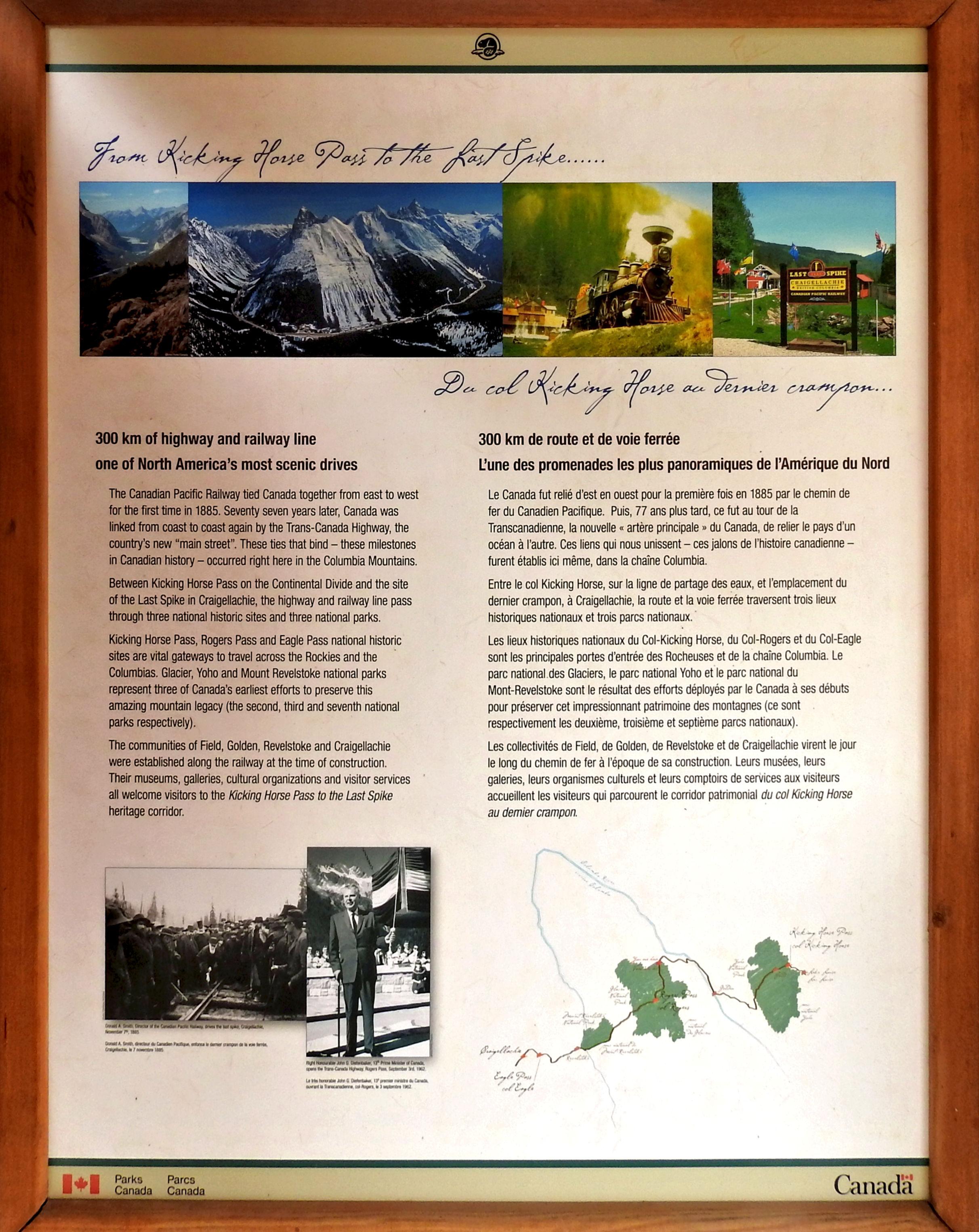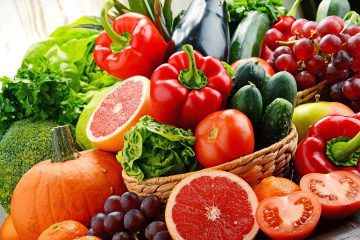Exploring the intricate tapestry of nature’s dining table, the concept of a food web unveils a mesmerizing interconnectedness that sustains life across ecosystems. Delving into the depths of this biological ballet, we unravel the unseen threads that bind predators and prey, producers and consumers, in a harmonious dance of sustenance. Join us on a journey of discovery as we decode the essence of the food web, where every bite tells a tale of survival and symbiosis in the wild.
Table of Contents
- Understanding the Intricacies of Food Webs
- Exploring the Interconnectedness of Species in Food Webs
- Unveiling the Importance of Biodiversity in Food Webs
- Optimizing Ecosystem Health Through Balanced Food Webs
- Q&A
- In Summary


Understanding the Intricacies of Food Webs
Food webs are like intricate puzzles in nature, connecting various organisms in a complex network of relationships. Within these webs, every species has a role to play, from the tiniest insects to the largest predators. These interconnected relationships illustrate the delicate balance that exists in ecosystems and highlight the interdependence of all living organisms.
One fascinating aspect of food webs is the transfer of energy from one organism to another. Producers, such as plants, kickstart the food chain by converting sunlight into energy through photosynthesis. This energy then flows through a series of consumers, from herbivores to carnivores, illustrating the path of energy transfer within ecosystems. Understanding these intricacies can provide valuable insights into the dynamics of natural ecosystems.
| Organism | Role |
|---|---|
| Plants | Producers |
| Rabbit | Primary Consumer |
| Fox | Secondary Consumer |
| Eagle | Tertiary Consumer |


Exploring the Interconnectedness of Species in Food Webs
Food webs are intricate networks that showcase the delicate balance and interconnectedness of species in ecosystems. In these webs, organisms interact with each other, forming a complex web of relationships where energy and nutrients flow from one organism to another. Each species plays a specific role in maintaining the ecosystem’s stability, emphasizing the importance of biodiversity in sustaining life.
Within a food web, different trophic levels exist, each representing a step in the transfer of energy. Producers, such as plants and algae, kickstart the food chain by converting sunlight into nutrients through photosynthesis. These nutrients then pass on to primary consumers, like herbivores, followed by secondary consumers, which are carnivores feeding on herbivores. Lastly, decomposers break down dead organisms, returning nutrients to the soil for producers. This dynamic cycle exemplifies the harmonious relationship among species and highlights the delicate balance of nature.

Unveiling the Importance of Biodiversity in Food Webs
In the intricate tapestry of nature, biodiversity plays a pivotal role in sustaining the delicate balance of food webs. Each species, whether big or small, plant or animal, contributes to the overall health and functionality of these interconnected networks. From the humble bees pollinating flowers to the majestic predators regulating prey populations, every organism has a unique part to play.
Through a diverse array of interactions, organisms within food webs rely on each other for survival, creating a web of dependencies that ultimately shape ecosystems. Be it the primary producers that harness energy from the sun or the decomposers breaking down organic matter, every link in the chain is vital. This intricate dance of life highlights the significance of biodiversity not just for individual species, but for the resilience and stability of entire ecosystems.


Optimizing Ecosystem Health Through Balanced Food Webs
In a thriving ecosystem, the intricate interplay of various organisms forms a delicate balance, known as a food web. Imagine a bustling network of interactions where every species plays a crucial role in maintaining the ecosystem’s health and stability. From producers harnessing the sun’s energy to herbivores nibbling on greenery, and predators keeping populations in check, each component contributes to the harmonious tapestry of life.
A well-balanced food web not only sustains biodiversity but also ensures the efficient flow of energy and nutrients throughout the ecosystem. Think of it as a finely tuned orchestra, where every instrument complements the others to create a melodious symphony of life. However, disruptions in this delicate arrangement, whether due to human activities or natural events, can have cascading effects on the entire ecosystem, underscoring the importance of preserving and optimizing food webs for the well-being of all inhabitants.
Q&A
Q: What is a food web, and how is it different from a food chain?
A: A food web is a complex network of interconnected food chains that depicts the flow of energy and nutrients through an ecosystem. Unlike a linear food chain that shows a simple one-way path of energy transfer from one organism to another, a food web illustrates the multiple feeding interactions among various species in an ecosystem.
Q: Why are food webs important in ecology?
A: Food webs are crucial in ecology as they demonstrate the intricate relationships between different organisms in an ecosystem. By highlighting the interdependence of species for energy and resources, food webs help us understand the balance and stability of ecosystems and the potential impacts of disturbances or changes in the environment.
Q: How do scientists study and analyze food webs?
A: Scientists study food webs by examining the feeding interactions between organisms, typically through field observations, data collection, and mathematical modeling. They use techniques like stable isotope analysis and trophic network models to uncover the complexity of food webs and identify key species that play critical roles in the ecosystem.
Q: What happens when a species is removed from a food web?
A: When a species is removed from a food web, it can disrupt the balance of the ecosystem and have cascading effects on other species. This phenomenon, known as a trophic cascade, can lead to population changes, shifts in community structure, and even ecosystem-wide impacts that highlight the interconnected nature of living organisms within an ecosystem.
Q: How can understanding food webs help in conservation efforts?
A: Understanding food webs is essential for effective conservation efforts as it provides insights into the relationships between species and their habitats. By identifying key species, vulnerable populations, and ecosystem dynamics, conservationists can develop strategies to protect biodiversity, restore ecosystems, and mitigate the effects of human activities on natural communities.
In Summary
As we unravel the intricate connections that weave together the tapestry of life on our planet, the concept of a food web emerges as a fascinating mosaic of interdependence and balance. From the tiniest organisms to the mightiest predators, each thread in this intricate web plays a vital role in sustaining ecosystems and fostering biodiversity. By understanding the essence of a food web, we gain insight into the delicate dance of nature’s harmonious symphony. As we continue to explore the wonders of the natural world, let us cherish the beauty and complexity of the interconnectedness that sustains life itself. Embrace the unity of all living beings in the grand masterpiece that is the food web. Let us tread lightly, respect deeply, and marvel endlessly at the wonders that surround us.





0 Comments